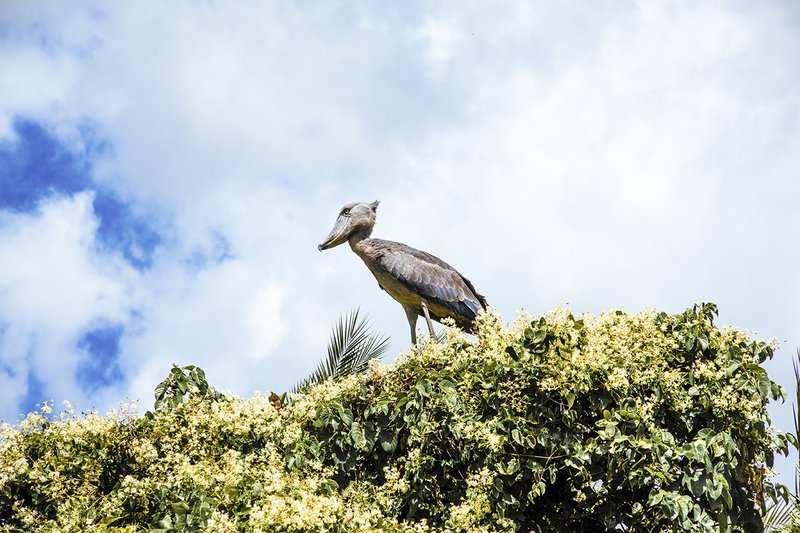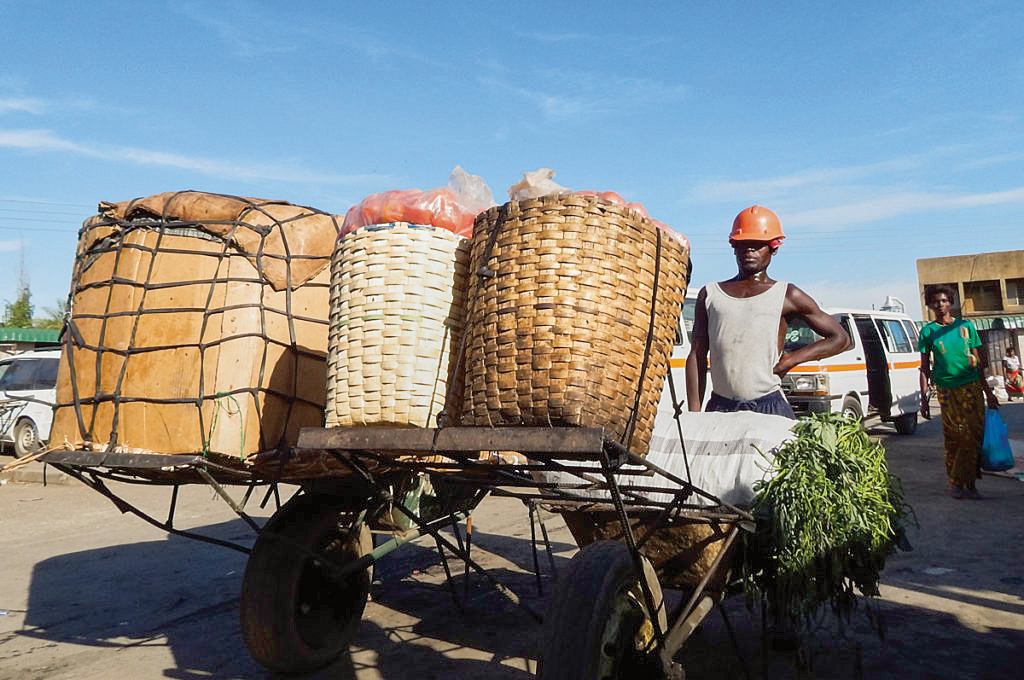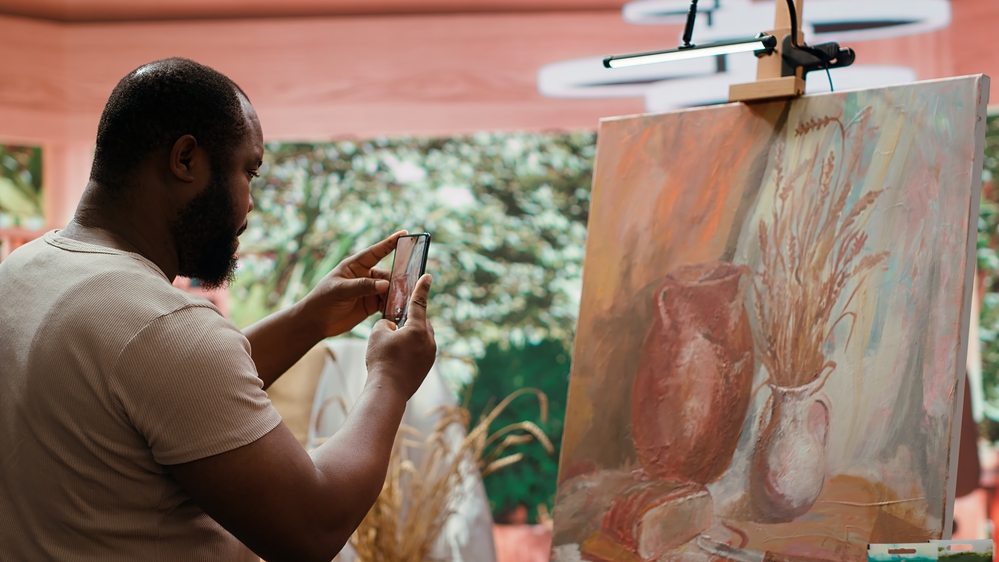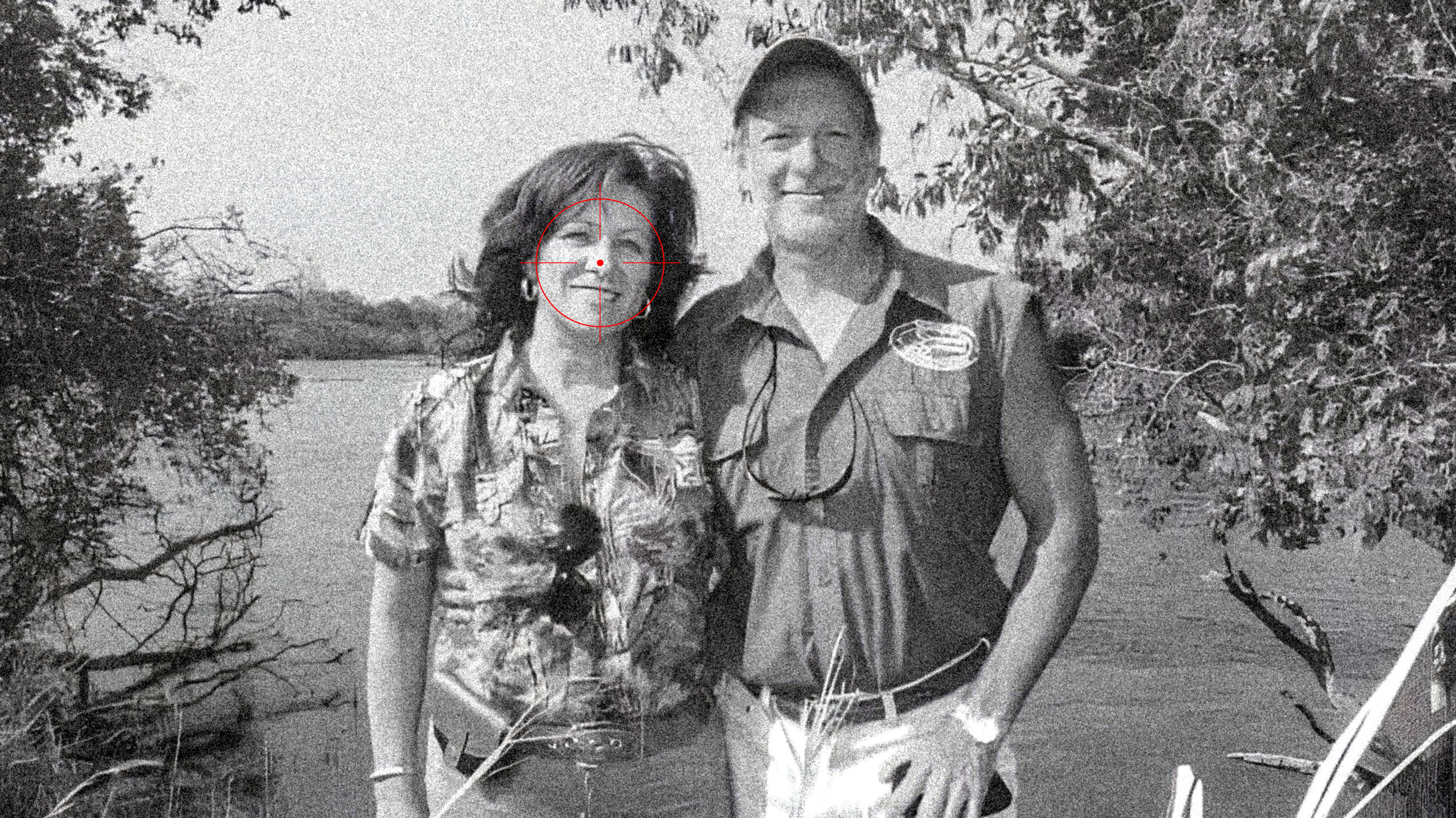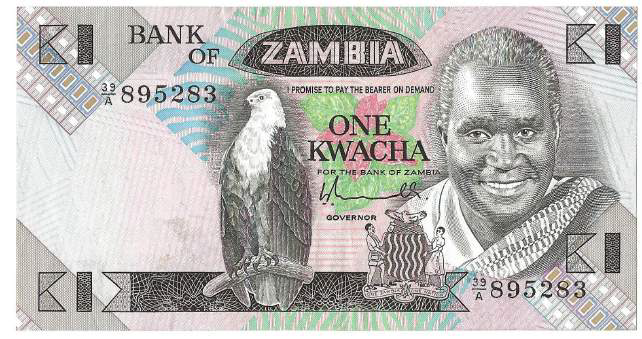Human activity can sometimes be a threat to wildlife and the environment. Fortunately for the environment, various individuals and organisations continue to work tirelessly to preserve and protect some of Zambia’s most endangered animals.
Picture this, early morning in the bush, the ground still wet with the early morning dew. The morning fog hangs above the distant tree canopies as birds call to each other in the early morning hours. You hear a baboon laugh in the distance, an elephant's shrill trumpet and monkeys chattering, unseen in the canopy above. It seems like a beautiful day in paradise, a hearty breakfast awaits in the communal dining area and then you are bundled off into an open Land Cruiser with freshly charged phones and cameras at the ready to capture the big five. Hereafter, you will share these images on your social media and smile to your friends as you recall how the lions napped lazily in the sun and on Monday, you will probably return to your office. But beyond the lodges and meals and matching khaki sets and game drives lies something much more sinister and silent, a time bomb for the species millions of tourists flock to see year after year.
As a resource-rich country, Zambia constantly finds itself in a fight to the death for the environment. Threats from human activities such as mining, urbanisation, deforestation and growing populations daily threaten a delicate ecosystem that relies on the accountability of human actions to continue to sustain itself. Among those under threat are the voiceless animals on the verge of extinction, among them, listed as either endangered or vulnerable are the African savannah elephant, African lion, Kafue lechwe, pangolins and Thornicraft’s giraffe. Fortunately for the environment, various individuals and organisations continue to work tirelessly to preserve and protect some of Zambia’s most endangered animals:
The Shoebill
Deep in the Northern Province lies Lake Bangweulu, home to a unique species of aquatic bird, the Shoebill. The Bangweulu Wetlands are a seasonal floodplain and swampland. The Shoebill finds habitat as far north as South Sudan with the Wetlands making the southern extreme of their habitat. As of 2022, only 8000 birds exist in the wild with a few hundred found in Zambia.
The Shoebill’s plight is a result of human activities that result in habitat loss, including hunting and selling their eggs and chicks in the illegal pet trade. Their dwindling numbers are further exacerbated by their slow breeding habits, laying 1-3 eggs during their 5-month breeding period. They have since been listed as ‘vulnerable’ and in response, the Shoebill Guard Programme was established. African Parks works with local fishermen and community members to report nests and sightings. They also assign paid guards to keep watch until the bird flies. This approach demonstrates to the community that they stand to benefit beyond selling the birds.
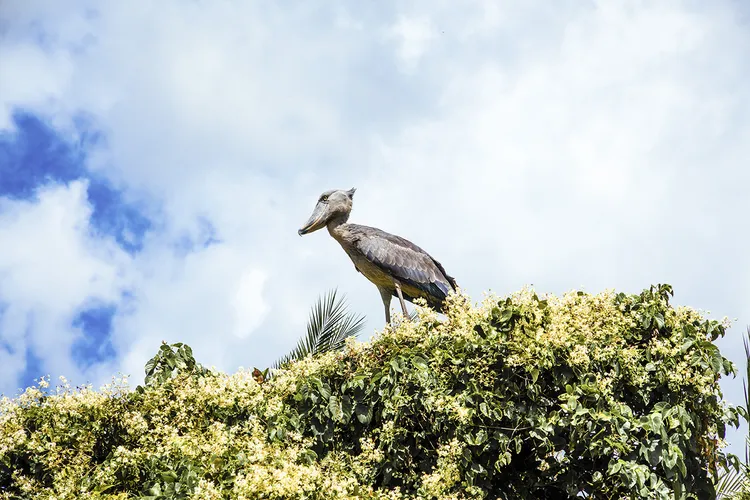
Support the Shoebill cause: https://saveshoebill.org/donate/
The Black Rhino
Heartbreakingly, in 1998, the black rhino was officially declared extinct in Zambia. Following efforts by FSZ and the Zambian government, theNorth Luangwa Conservation Project was born and by 2003, the first five rhinos were reintroduced into Zambia from South Africa. Two years passed and the first black rhino calf was born on Zambian soil since its extinction in the region. Over the next seven years, 20 more rhinos would be introduced, completing Zambia’s new founder population. Through careful planning and management, NLCP has overseen the steady growth of black rhinos in North Luangwa from just five to an impressive population of 58 rhinos. In addition, NLCP established a Rhino and Elephant Protection Unit, a canine crime prevention unit and aerial surveillance to further protect the rhino population from poaching activities. Communities are also involved, trading live rounds for chilli bombs and improvised PVC guns to deter animals from entering and destroying their fields.
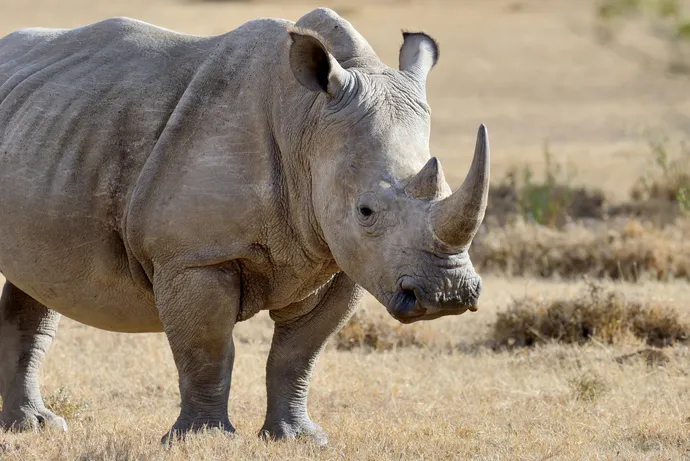
Support the Black Rhino cause: https://www.savetherhino.org/get-involved/donate/
The Pangolin
In Zambia, two species of the sensitive, shy pangolin occur, namely Temminck’s Ground and the White-bellied Tree Pangolins. These animals are mainly poached for use in traditional Eastern medicines and as a luxury food in some countries. In partnership with DNPW, Wildlife Crime Prevention Zambia works to seize pangolins from illegal traders, and rehabilitate and release pangolins back into the wild. There are 8 known species of pangolin in the world that occur across 23 countries. Sadly, rescued pangolins are often found wounded, malnourished and weak. WCP Zambia provides treatment at undisclosed rehabilitation centres and releases them back into their known habitat once they have recovered from illnesses and gained a healthy amount of weight.
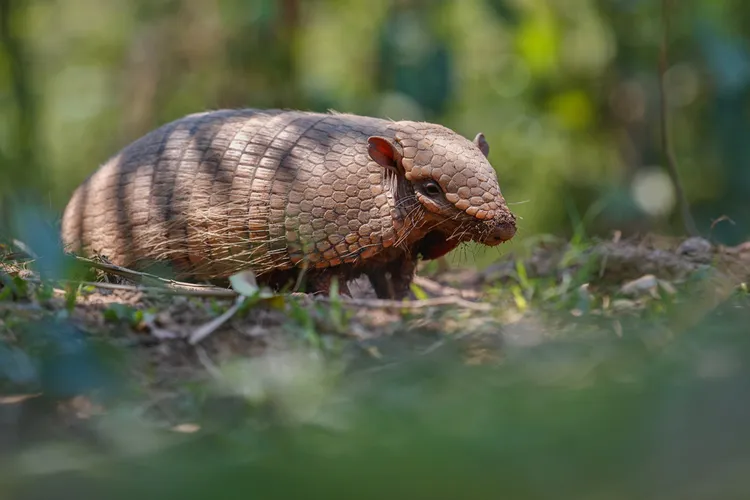
Support the Pangolin cause:https://donate.wildnet.org/?fund=Pangolins&ms=wpd2022_sp
